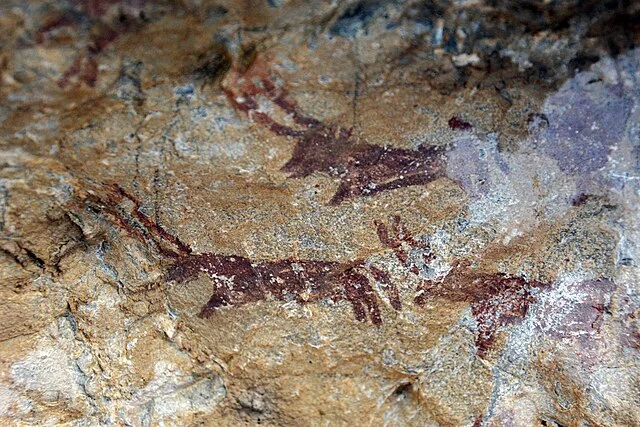The Zarautsoy Rock Paintings, located in Uzbekistan, offer a fascinating glimpse into prehistoric life. These ancient artworks, dating back to the Bronze Age around 2000 to 1000 BC, are not just artistic expressions but also historical documents. They provide insights into the daily lives, cultural practices, and spiritual beliefs of early Central Asian societies.
Get your dose of History via Email
Geographical and Historical Context

These paintings are in the Zarautsoy valley, near the town of Boysun in Surxondaryo Region. This area is part of the larger Baysuntau mountain range. The region’s rugged terrain and remote location have helped preserve these ancient artworks from the ravages of time and human interference.
Discovery and Significance
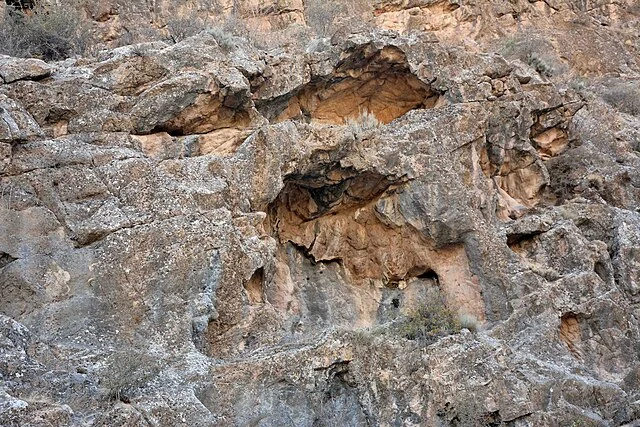
Researchers first documented the Zarautsoy Rock Paintings in the 1960s. Since then, they have attracted significant scholarly attention. These paintings are crucial for understanding the prehistoric era in Central Asia. They serve as a bridge connecting modern inhabitants with their ancient predecessors.
Themes and Motifs
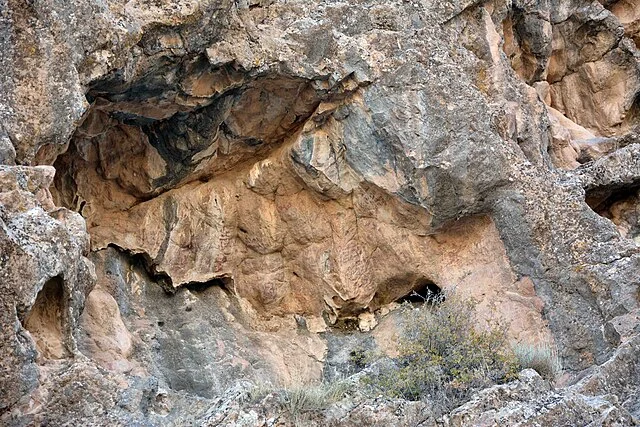
The rock paintings depict a variety of scenes and motifs. Most notably, they include images of wild goats, which were common in the region’s fauna during the Bronze Age. These depictions not only highlight the importance of these animals in the daily survival of the people but also suggest a symbolic or totemic significance.
Additionally, the paintings feature scenes of hunting and dancing. These activities reflect the socio-economic and ritualistic aspects of the community. The hunting scenes underscore the skills and strategies employed by ancient hunters, while the dancing figures might indicate ritualistic or celebratory practices.
Artistic Techniques and Styles
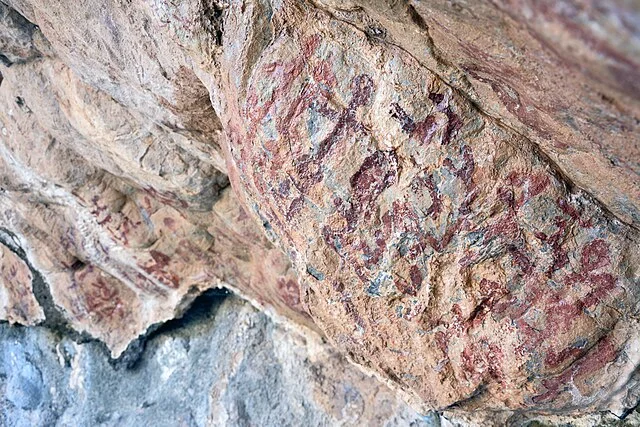
The artists of the Zarautsoy Rock Paintings used natural pigments to create these images. They typically applied red and ochre hues, which have remained vivid through the centuries. The style of the paintings is predominantly petroglyphic, involving both rock carving and painting. This technique has ensured their longevity against environmental and human threats.
Conservation Challenges
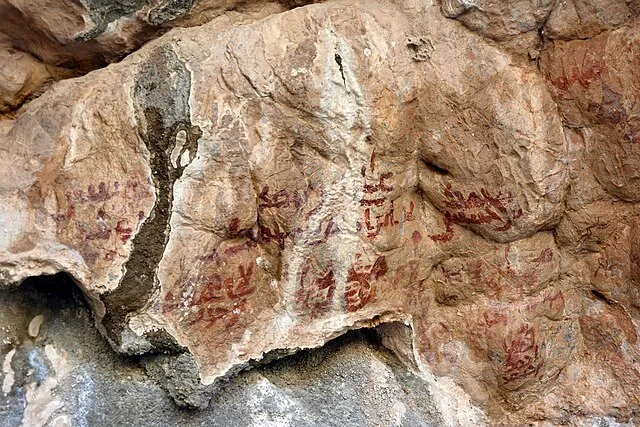
Despite their historical and cultural significance, the Zarautsoy Rock Paintings face several conservation challenges. The primary threat comes from the potential for vandalism and the natural erosion of the rock surfaces. Preserving these artworks for future generations requires both local and international efforts.
Educational and Cultural Impact
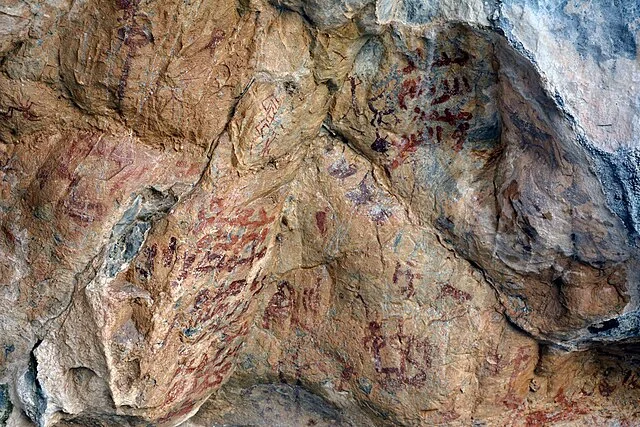
The Zarautsoy Rock Paintings are not only a source of academic research but also a cultural treasure. They attract tourists and scholars from around the world, contributing to the local economy and enhancing cultural pride among the Uzbek people. Furthermore, they offer educational opportunities for locals and visitors alike, providing a tangible connection to the region’s ancient past.
In conclusion, the Zarautsoy Rock Paintings are a remarkable testament to the ingenuity and spirit of ancient Central Asian cultures. They continue to teach us about the past, while reminding us of the ongoing need to preserve such treasures. As we move forward, it remains crucial to balance accessibility with conservation, ensuring that these insights into human history endure for generations to come.
Sources:

